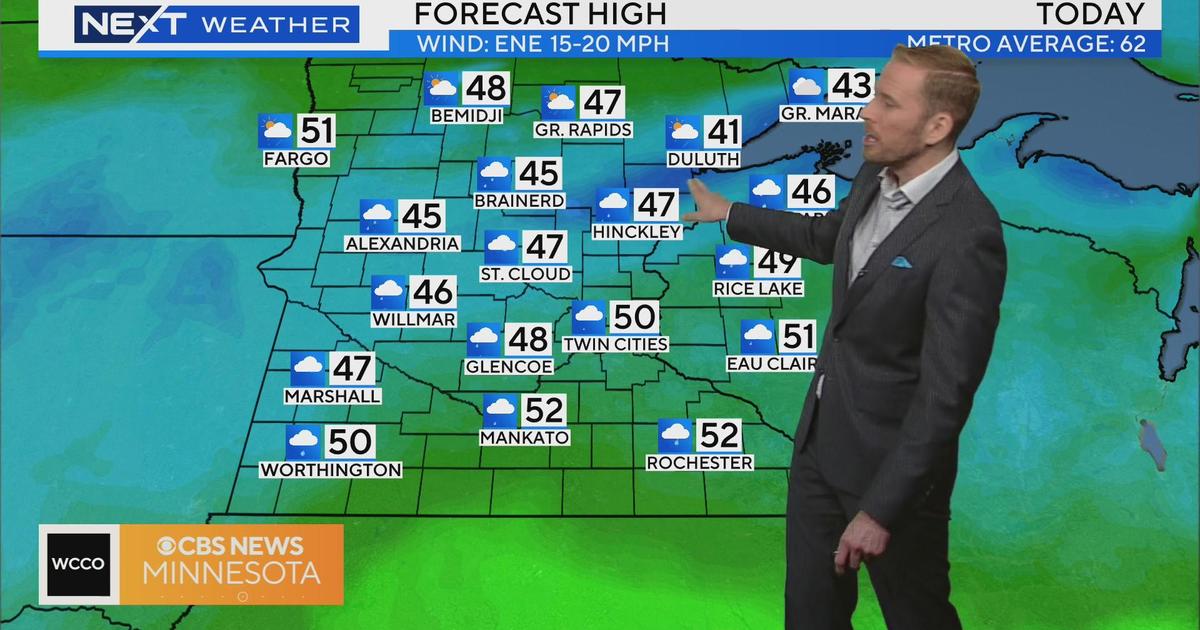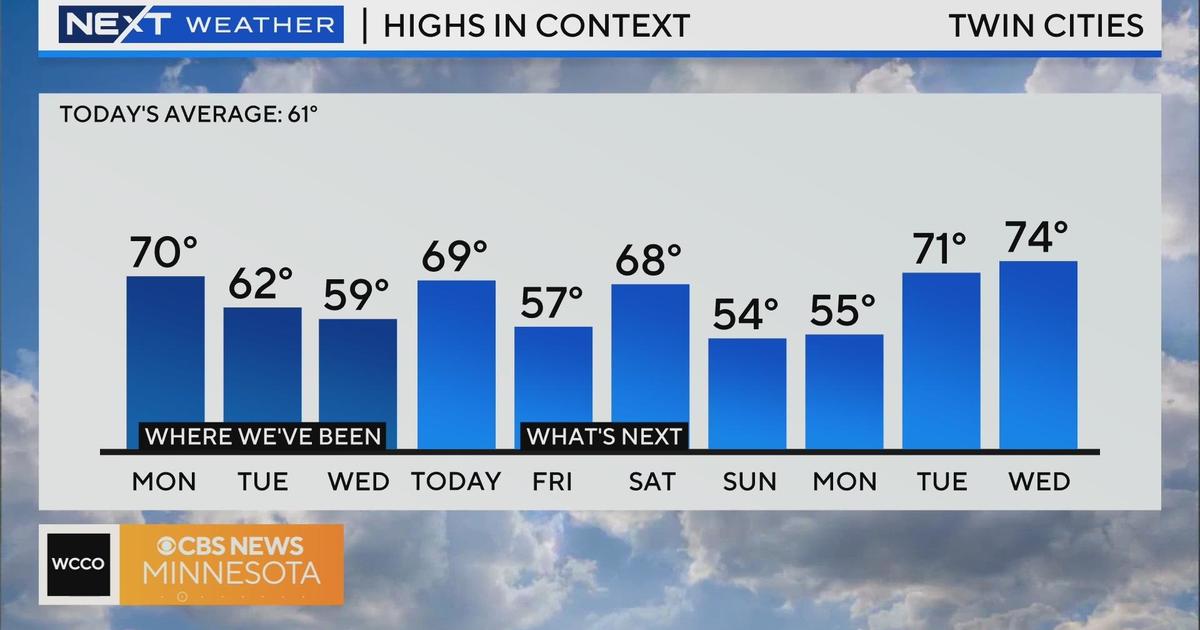Could a dry November impact December snowfall? Good Question.
MINNEAPOLIS — Minnesota came so close to breaking a record, a near miss that has left snow lovers annoyed.
Less than a half-inch fell in November.
So, how much snow does the Twin Cities usually get in November? And what does our dry spell mean for December?
If you're looking for a sign that winter has arrived, your best bet is Theo Wirth Park. That's where snow machines have been working harder than Mother Nature in recent days.
"I would say it's been a nice fall, but disappointing for ice and snow," said Skip as he prepared to go cross country skiing.
The fluffy four-tenths of an inch that fell last Saturday kept the Twin Cities from notching a record of a snowless November. That dropped it out of the top 10 in terms of lowest snowfall amounts for the month.
"I would say around 10 inches," said skier Zach when asked what he thought a normal November snowfall was. Skip said 12 inches. Both guessed a little higher than the historical average.
RELATED: How do Minnesota golf courses prepare for winter?
"Typically, in November around Minnesota you're getting between five inches in the south and 10 inches in the north," said state climatologist Kenny Blumenfeld.
For the Twin Cities, November averages about six inches of snow. In 2022, the region got slammed with nearly nine inches in one fell swoop at the end of the month.
"It just seems like it's been warmer than normal," said Skip. There's truth to his observation. A majority of the month this year saw high temperatures above normal with some days pushing record highs. It's a trend that Blumenfeld said started decades ago.
"Since 1970, depending on where you look at it, it's warmed almost five degrees [in November] in Minnesota," he said. That consistent warming is shifting the type of storms that often happen in a month known for turbulent weather as the season's change.
"A lot of times, you're having conditions where maybe it used to be a little bit below freezing, now those conditions are above freezing and if precipitation is falling, it's maybe falling as rain instead of snow," said Blumenfeld.
What does November's lack of snow mean for December projections? "I heard it's supposed to be an El Niño winter," said Zach.
El Niño happens every two-to-seven years. It can be categorized as light, moderate, or strong.
MORE NEWS: Finn Sisu owner leaves post after 50 years, hands store over to employees
"Basically, the connection between El Niño and our winters is that we tend to have less snow on average and we tend to have milder conditions. And the stronger the El Niño, the stronger that relationship," Blumenfeld said.
El Niño this season is considered strong. The last time that happened was in 2015, according to Golden Gate Weather Services. Five inches of snow fell in the Twin Cities that November, followed by nearly 10 inches in December.
1997 was the start of another strong El Niño period.
That November had nine inches of snow but only less than four fell in December.
The grand total for each of those winter seasons came below the Twin Cities average of 55 inches. About 37 inches fell in 2015-16, while 45 inches fell in 1997-98.
That news is not ideal for outdoor enthusiasts like Skip and Zach.
"I like snow and I want snow," said Skip. The good thing is a dry and warm winter isn't necessarily a guarantee, just a high probability.
"There are still strong El Niño's that had amazing snowfall," said Blumenfeld.
The last time less than an inch of snow fell in November the Twin Cities in was 2017. It did not foreshadow a dry winter. That season finished with 78 inches of snow thanks to massive storms in the late winter and early spring.
Here is a list of more monthly snowfall totals over the years in the Twin Cities.




